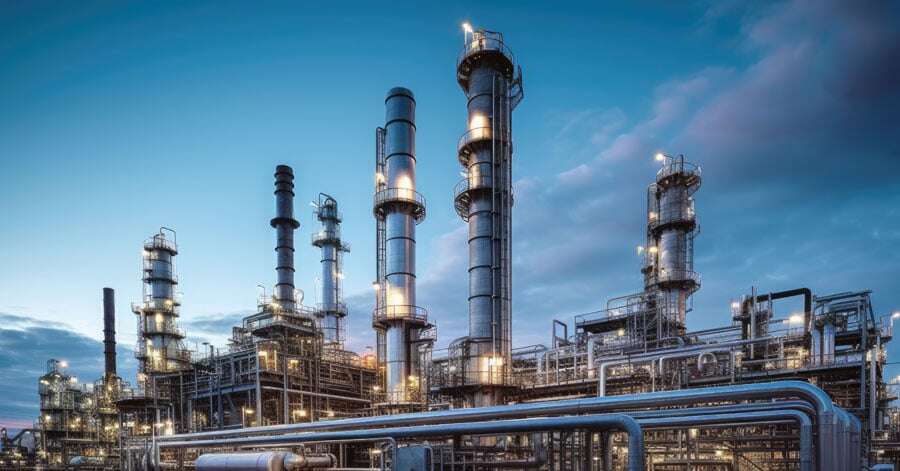2 min read
Vinyls Remain the Bright Spot for US Chlor Alkali Producers
ResourceWise
:
Jan 7, 2020 12:00:00 AM

Vinyls (and specifically PVC) remain the bright spot amongst chlorine derivatives for US chlor-alkali producers. With exports of PVC accounting for about one-third of the total production in the country, global market trends have become increasingly important for US producers.
Asian PVC prices have recovered some ground over the last few months. This is due to a combination of tighter supply from the US (a major source of supply to this region) amid planned shutdowns and production issues, and higher EDC and ethylene prices. This recovery has brought some relief to chlor-alkali producers as caustic soda prices have remained depressed.
PVC supply out of the US will continue to tighten during the remainder of the first quarter as there are some upcoming planned shutdowns. In addition, producers have been running their chlor-alkali plants at relatively lower rates to stop caustic soda prices from declining. This supply reduction has also supported EDC export prices out of the US Gulf. As the US is by far the largest exporter of vinyl's any change in the price trend usually has a big impact elsewhere in the world.
In terms of destination, exports of PVC out of the US are increasingly fragmented; Canada and China remain the largest markets, although export volumes to both countries have decreased in the past year. On the other hand, exports to India, Nigeria, and UAE have surged, highlighting the increasing diversification of US exports. Exports to Turkey have also rebounded in the past year, following a decrease in the total duty applicable to US imports.
Although volumes appear to have declined in the last couple of months, on a year-to-date basis EDC export out of the US have rebounded in the past year. The introduction of additional duties for imports of US products into China led to a shift in trade flows, and while exports to China slumped as a result, this was offset by an increase in exports to other countries in Asia, namely India, Japan, and Thailand. However, perhaps more significant has been the hike in exports to other countries outside Asia. Brazil is now the largest importer of US EDC, this is mainly due to the ongoing shutdown at Braskem’s unit at Maceio, with the import duty for US EDC recently dropping from 10% to 2%, and therefore this uptrend is expected to continue. Exports of EDC to Egypt have also surged in the past year; this hike has been supported by increased PVC capacity (and production) in the country. As a result, while imports of PVC into Egypt remain relatively stable, EDC imports into the country have tripled, compared to the previous year, and the US accounts for around half of this, with Germany being the other major supplier.
Exports of VCM out of the US have also recovered in the second half of 2019. On a year-to-date basis, the first eleven months of the year were about 7% higher, compared to the same period of 2018. Canada, Mexico, and Colombia account for the vast majority of this exported volume.
Therefore, exports are expected to remain an increasingly valuable outlet for US vinyl producers, as they continue to take advantage of cheaper ethylene versus other regions. In addition, with Westlake, Shintech, and Formosa Plastics all expected to bring additional PVC capacity over the next year, availability for exports could also increase.




